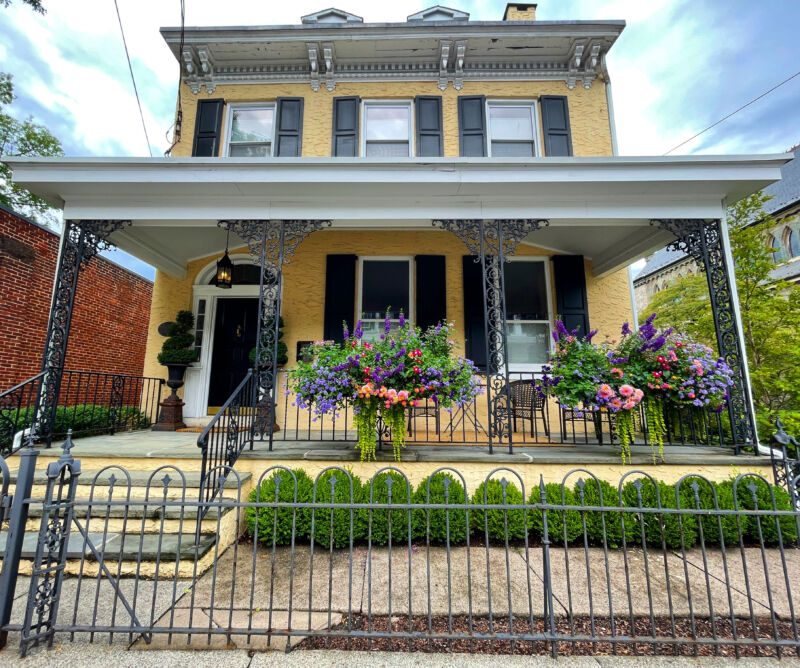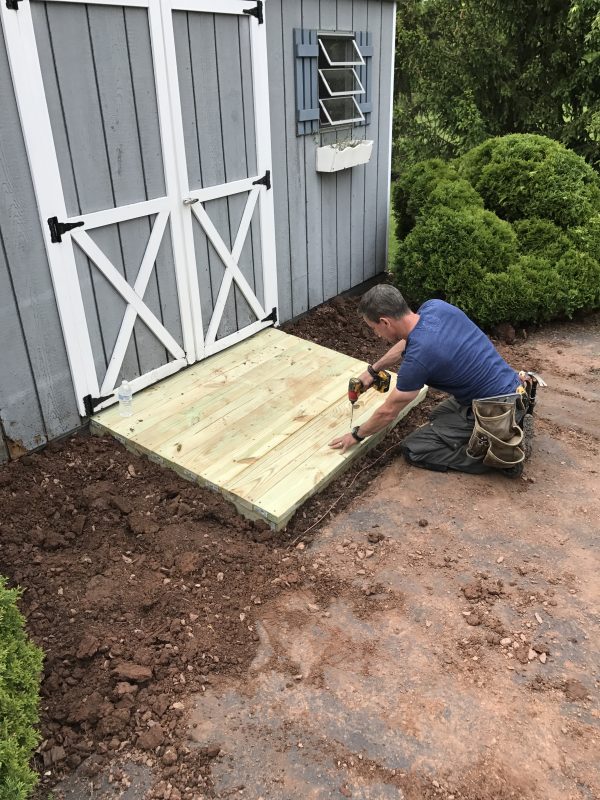
Aging happens to everyone, but there also might come a time in your life when an accident or intentional act happens whereby you or a loved one becomes physically limited. Either way, you’re suddenly in a situation where you need to accommodate this new way of life. That’s when most people start figuring out how to implement aging in place strategies at home. However, it’s always best to make these modifications before you need them.
Aging-in-place and accessibility still has a long way to go before it’s the norm in the world. However, there are changes you can make in your own home to make living more comfortable for every age and every stage of life. Here are some helpful tips to improve your home for accessibility.
Install a ramp
For those who may be bound to a wheelchair or have difficulty dealing with steps, whether temporarily or permanently, an accessible handicap ramp is helpful for entries. Unless you already have a slope available or a door that sits flush with the surface of the ground, a ramp will be needed.
When someone is unable to navigate the pathway to the home, it’s worth installing a ramp as soon as possible. That way, you reduce the risk of causing damage to the wheelchair, the person in that wheelchair, or your property.

Widen door openings
Most door openings in the average home unfortunately don’t do much in the way of providing the room needed to let wheelchairs through easily. While it’s a somewhat messy and costly expense, you may want to think about removing some of the current door frames and widening the entryways to make them bigger for a wheelchair to go through.
This would make getting around a lot easier while aging in place or dealing with a health challenge, especially when it comes to wheelchairs and those who might be navigating the home with crutches.
Add grab bars in bathrooms
Grab bars are a useful addition to a home’s accessibility and allow people with limited abilities to care for themselves with greater confidence, as bathroom spaces can prove to be dangerous areas for slipping. Grab bars are also good to place by the toilet so they can be gripped to make rising easier. For bathtubs, grab bars serve the same purpose. I often recommend using towel racks and toilet paper holders that are designed as grab bars, so the bathroom looks less institutional. And, many people will unfortunately use the towel rack or toilet paper holder as a grab bar, which can lead to a fall.
You might also want to look at getting a seat installed in the shower when standing might prove difficult or not possible.
Replace door handles with accessible-friendly options
Door handles are often a problem for those with dexterity issues. When they don’t have enough strength in their grip or strength in their body in general, it does prove difficult for those who have a disability.
Replacing door handles with accessible-friendly options is helpful for every age and ability. Lever handles can be useful when it comes to accessing a room through a door that would otherwise be too hard to enter and exit via. It makes aging in place way easier.
Consider a stairlift if it’s needed
Finally, consider investing in a stairlift where it’s needed. For properties that have stairs, those who were once able-bodied but now are limited, may find a staircase too challenging or not possible. That’s why a stairlift can be useful to implement. If a stairlift is outside of the budget, consider rearranging the home so that the main floor can be used for all of their needs. For those who already have a full bathroom on the main floor, this can be more easily accomplished.
Improving your home for accessibility and aging in place can be good for now and for the future.
About the Author


